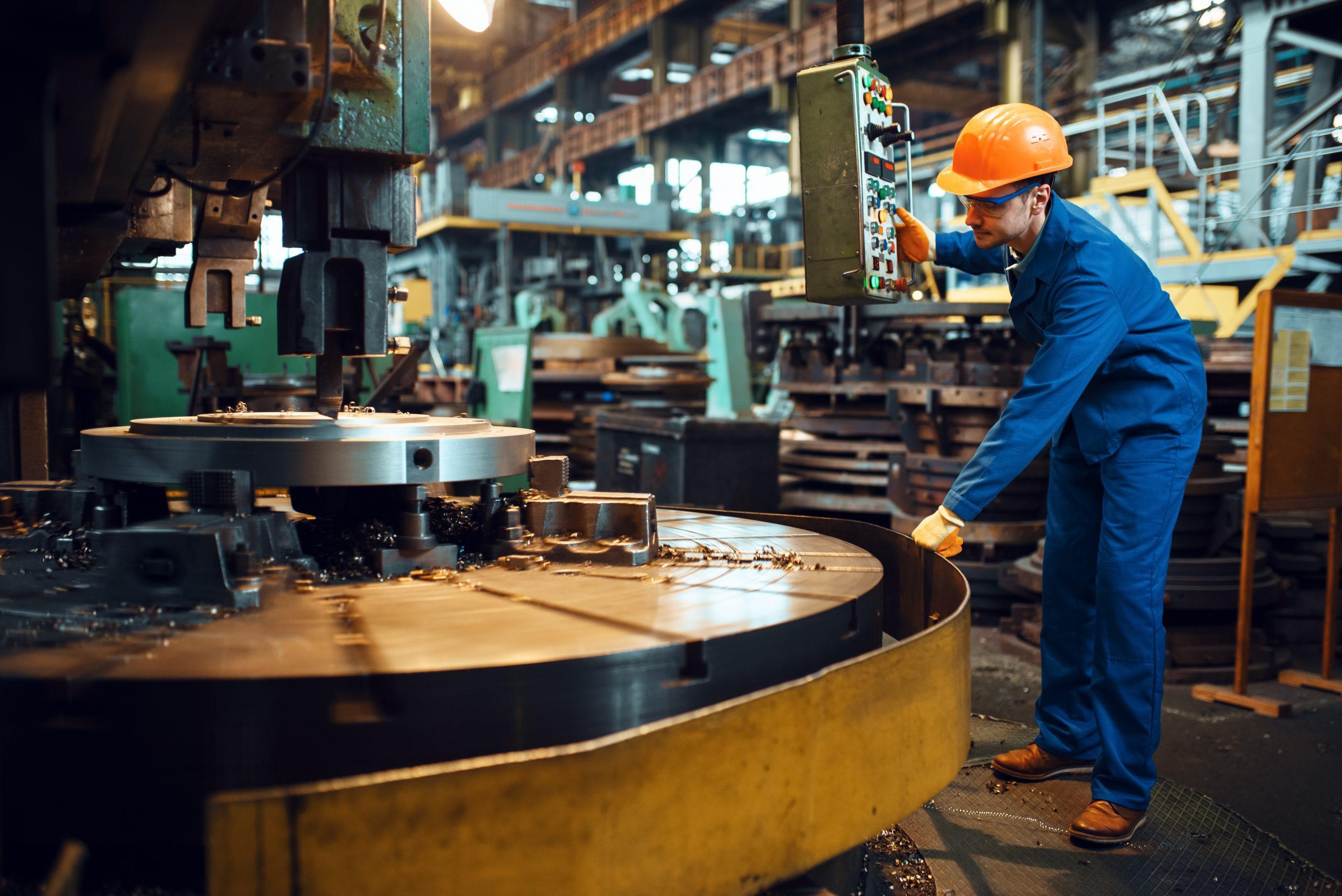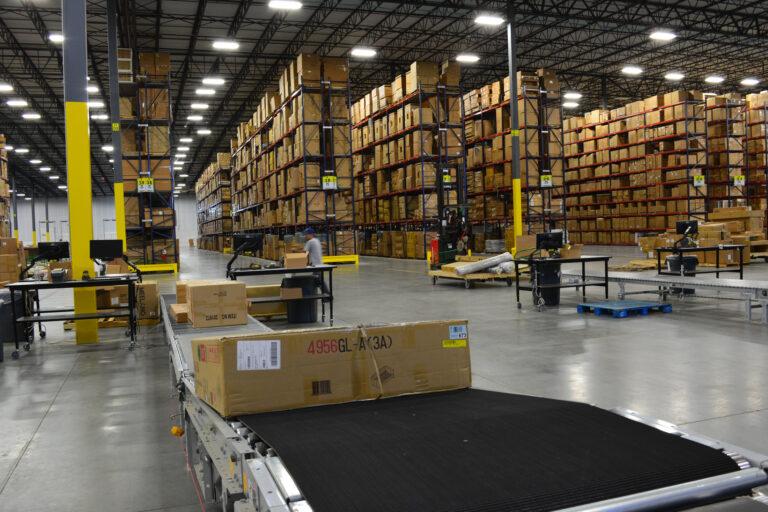Bringing Workers Back to the Plant Floor
The return-to-work hesitancy
There are a host of reasons why manufacturers are struggling to find employees as the pandemic starts to wane. While vaccinations have increased and cases have gone down, many workers continue to have safety concerns. Some are prioritizing remote and hybrid options as a condition of employment. Others continue to have childcare issues, with a U.S. Census survey finding nearly 1 million adults did not look for a job in order to care for children. Finally, while the true impact is unclear, some feel increased unemployment benefits have contributed to keeping job seekers home. As a result, many states are dropping out of the program before it expires in early September.
Candidates may be experiencing any combination of these factors, or have different concerns altogether. To address this return-to-work hesitancy, companies need to weigh all of the different possibilities. Then they need to develop recruiting strategies that can help break down these barriers. Here are some examples that BelFlex has found to be effective for our clients.
Raise Wages
The quickest way to attract employees is to raise wages, especially when other companies are making it a priority. A Reuters summary of the most recent jobs report points to a boost in hiring in May and increased wages as companies compete for workers. BelFlex has several clients paying above minimum wage and offering other perks such as weekly pay, which is helpful for workers looking to find financial stability.
Provide Incentives
Increased wages may not be an option for all companies, making incentives more attractive. By working in partnership with clients, BelFlex has found it a highly effective recruiting strategy to offer contract workers earned paid holidays and earned paid time off, as well as attendance, production and referral bonuses. Because childcare is such a barrier to employment, some companies are also providing different types of assistance including pre-tax benefits.
Offer Flexibility
Similarly, remote work is not realistic in the light industrial sector, but flexibility can improve work-life balance for employees. BelFlex clients have offered compressed workweeks, such as four-day shifts of 10 hours a day, and part-time work, where employees work either fewer shifts or less hours. They have also created custom schedules and allowed shift exchanges.
Close the Gaps
A recent Deloitte and The Manufacturing Institute study found the U.S. manufacturing skills gap could leave as many as 2.1 million jobs unfilled by 2030. This was an issue before the pandemic and continues today as manufacturers struggle to find talent for skilled positions. On the other hand, entry-level positions that may not require specialized skills are also going unfilled. By reaching out to more diverse candidates, including women, recent graduates, veterans and high school students, companies can increase the talent pipeline for a variety of roles.
Maintain a Safe Environment
Some typical COVID-19 safety practices, such as social distancing, are not easy to implement on the plant floor where workers are often close together and physically engaged. However, there are a host of other practices that have been put in place and should continue to be enforced including mask wearing, hand washing, testing, contact tracing and staying home when sick. If possible, companies can also tap into state resources and provide free, on-site vaccinations during work hours.
Get Creative
There are many different ways to celebrate employees and the most effective activities are based around what they value. BelFlex clients have done everything from regular “appreciation” giveaways such as gift cards and t-shirts, to hiring food trucks and holding drawings with cash prizes. To attract college students, BelFlex is offering up to $500 for textbooks after completing seven weeks of work. Prioritizing a positive company culture is also important and creating an inclusive and supportive atmosphere can build a sense of family.
One thing the pandemic illuminated for many people was just how much we rely on the manufacturing, supply chain and logistics industries. As we see the light at the end of the tunnel, there is a growing demand for goods but companies cannot deliver without having workers in place. To successfully return to full capacity, we need to come together to help bring American workers back to our plant floors. Learn how BelFlex can help your company by visiting the Staffing Services section of our website where you can also submit a request for our team to contact you directly.







